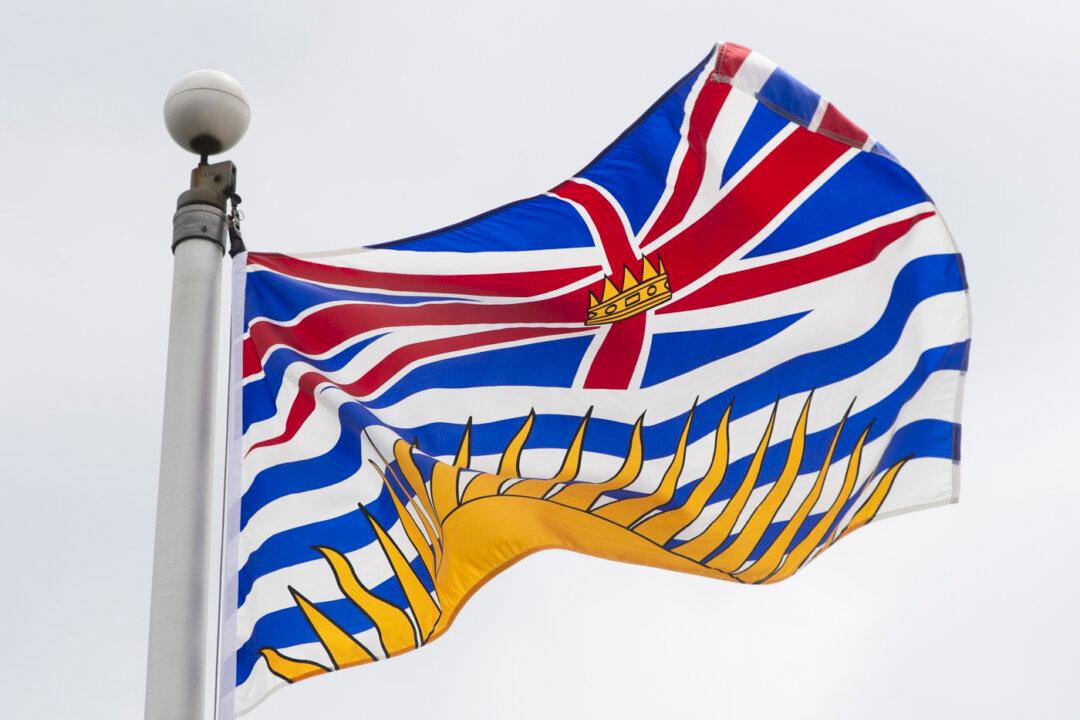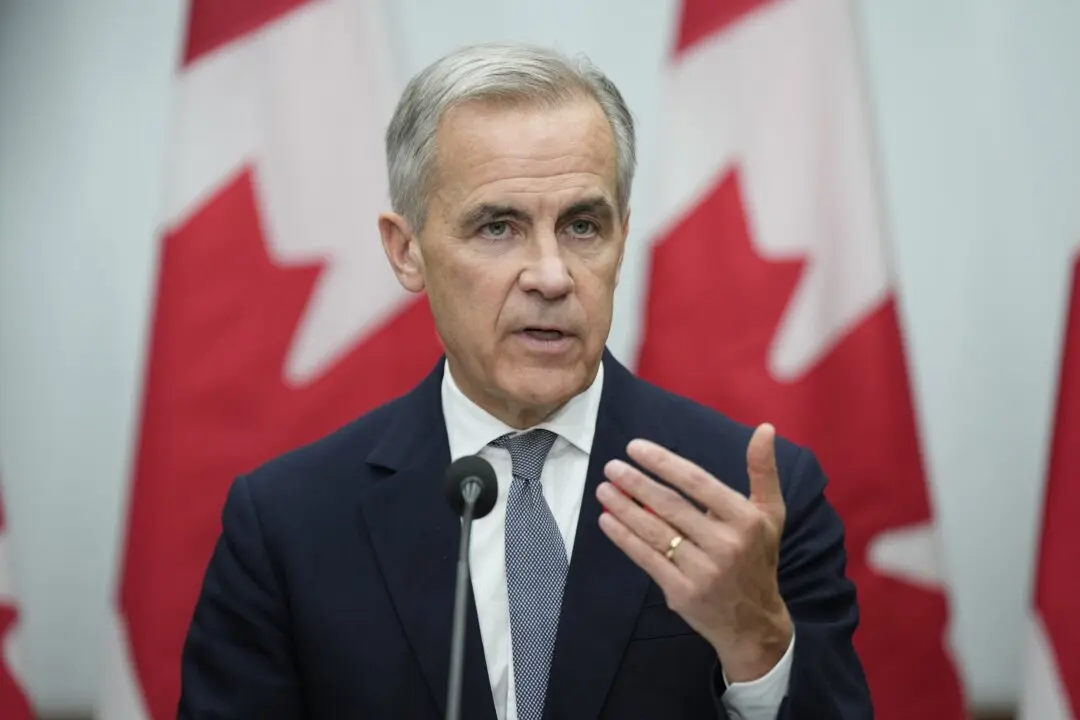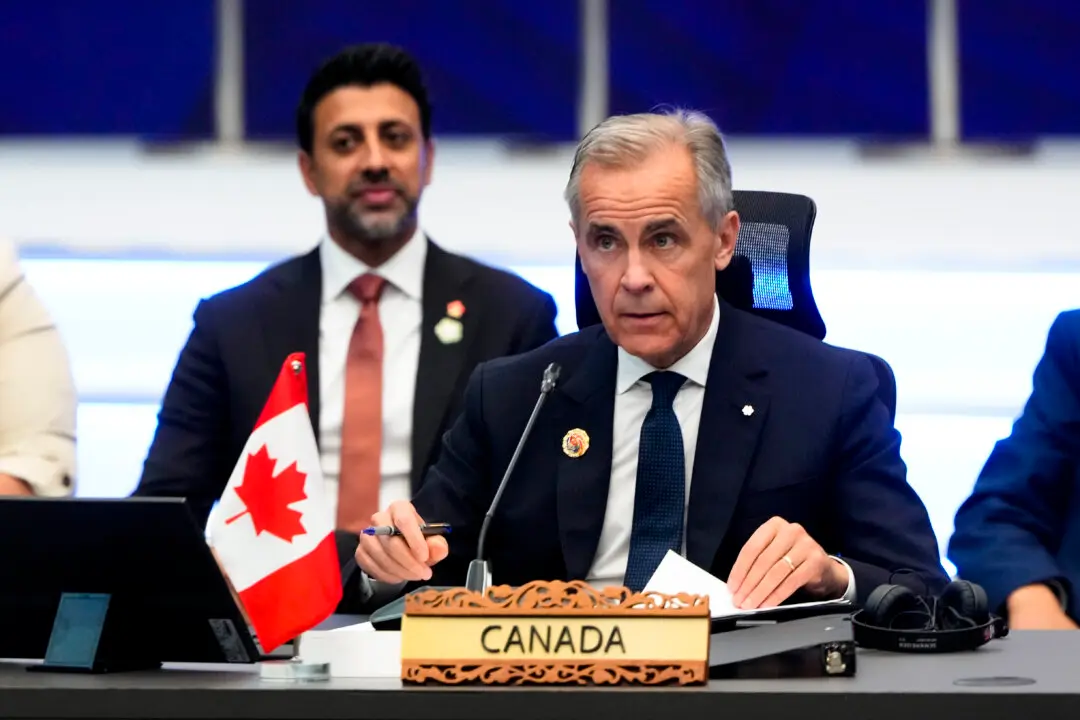The B.C. government’s per-person spending hit the highest point ever in fiscal 2022–23, eclipsing the previous high set during the height of the COVID-19 pandemic, a new study shows.
The study by the Fraser Institute, published Feb. 21, says the NDP government’s program spending in 2022–23 reached $14,275 per person. This is the highest point on record in provincial history, surpassing the previous high of $13,899 set during the pandemic in 2020–21.





